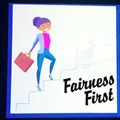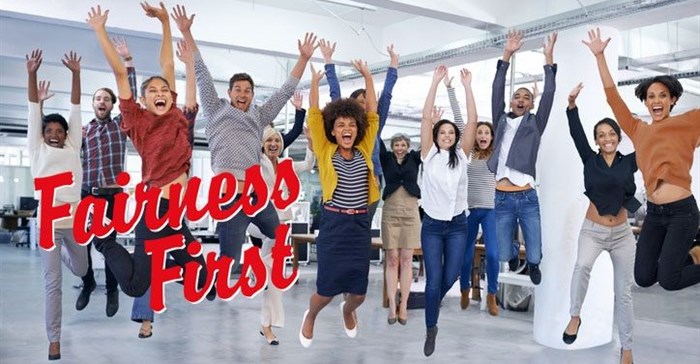
#FairnessFirst: 12 Badass lessons on winning as the First, Only or Different
Leigh Andrews 25 Mar 2019
Tips to enhance belongingness in your workplaceThere's been renewed emphasis on issues of inclusion and diversity in the corporate and advertising world lately, but that often leads to a sense of being the 'first, only or different' - at least in the early stages. That's a lonely place to be. Here's how to enhance a sense of belonging in your workplace.  Image source: Gallo/Getty Including people from diverse backgrounds, cultures and experiences adds value to your business, and has been proven to have a positive impact on your bottom line. While it means your think tanks include access to the widest range of perspectives, talents and skills that’s where the focus usually ends — at diversity and inclusion. The ABA Journal reports that there is a third, critical component many forget: “belonging". A simple word but a huge concept, as diversity and inclusion just don’t work without it. It’s about actively contributing to the creation of spaces where the diverse individuals you’ve employed, regardless of their backgrounds and various identities, feel included and ensuring they hold the door open for those who follow, especially if they’re the ‘first, only or different’ in your workplace. No queen bee syndrome here. How diversity, inclusion and belonging work together in the workplaceThe ABA Journal explains the difference as follows: Diversity is being invited to the party; inclusion is being asked to dance; and belongingness is being able to dance like no one is watching. Belongingness is an innate sense of psychological and emotional security that allows people to be their authentic selves and contribute in their own, unique way.But lack of diversity is the true elephant in many a boardroom. In making a better business case for diversity in the workplace, the World Economic Forum reports: By the year 2025, 75% of the global workforce will be made up of millennials – which means this group will occupy the majority of leadership roles over the coming decade. They will be responsible for making important decisions that affect workplace cultures and people's lives. This group has a unique perspective on diversity. While older generations tend to view diversity through the lenses of race, demographics, equality and representation, millennials see diversity as a melding of varying experiences, different backgrounds and individual perspectives. They view the ideal workplace as a supportive environment that gives space to varying perspectives on a given issue.In other words, one with a strong culture of belonging. The ABA Journal adds that belongingness must also be about representation, in terms of “seeing yourself reflected at the very highest positions in an organisation, in leadership roles, and at the table where decisions are being made,” because what we see becomes part of our memory and our existence and shapes the way we see the world, ourselves and others. “If you can see it, you can be it,” has never been truer. The LinkedIn Talent blog adds that belonging is “the crucial piece of the puzzle, leading to psychological safety and employee engagement. Supportive environments even trigger different responses in the brain, leading to better collaboration and problem solving.” That’s a boon for any business. Here are three easy ways to enhance the culture of belongingness in your own company:
Doing so is a good starting point to enhance the sense of belonging among your employees, which in turn will encourage them to grow their roots as a loyal team member, and part of a happy team. About Leigh AndrewsLeigh Andrews AKA the #MilkshakeQueen, is former Editor-in-Chief: Marketing & Media at Bizcommunity.com, with a passion for issues of inclusion, belonging, and of course, gourmet food and drinks! Now follow her travel adventures on YouTube @MidlifeMeander. View my profile and articles... |